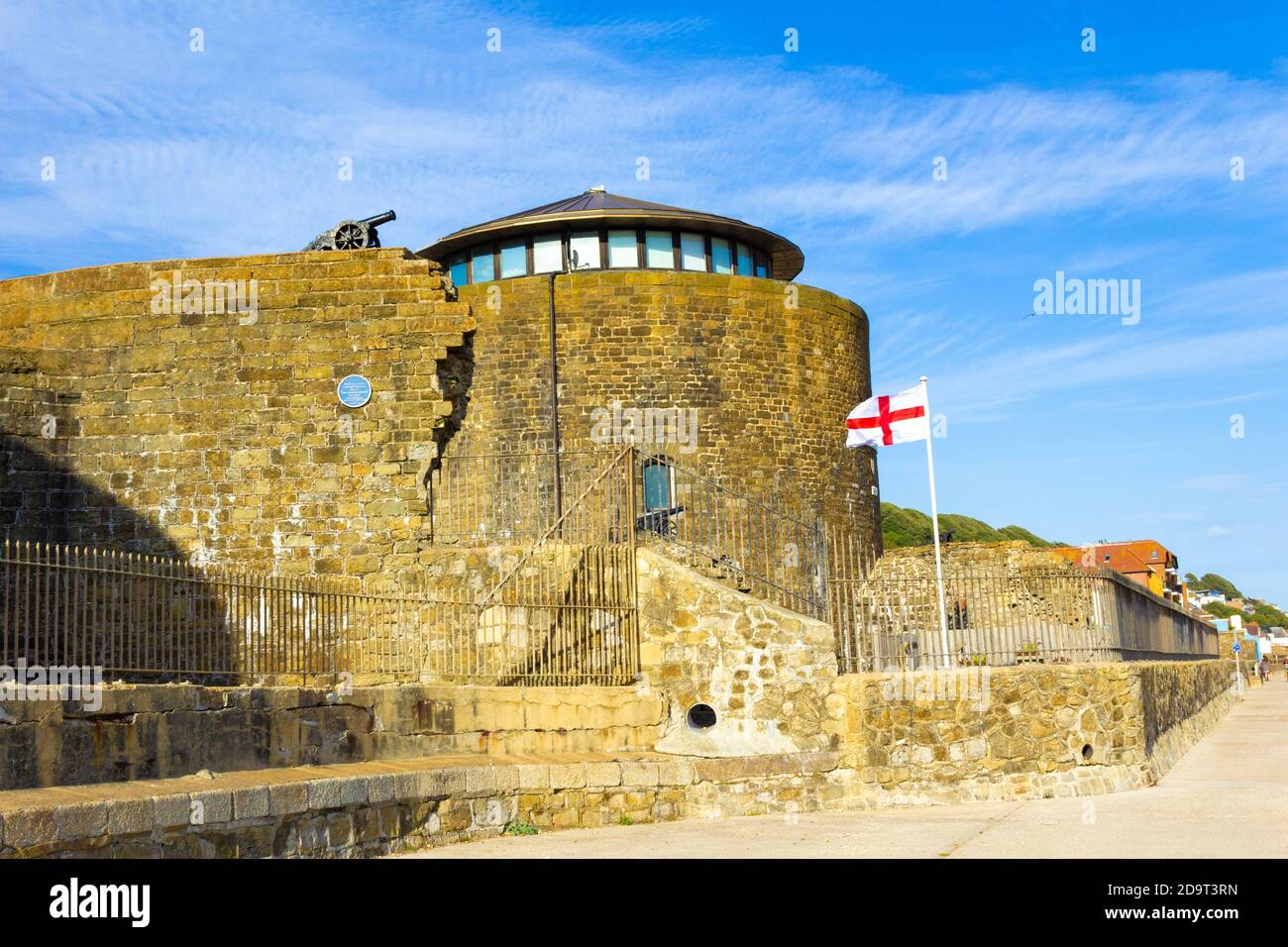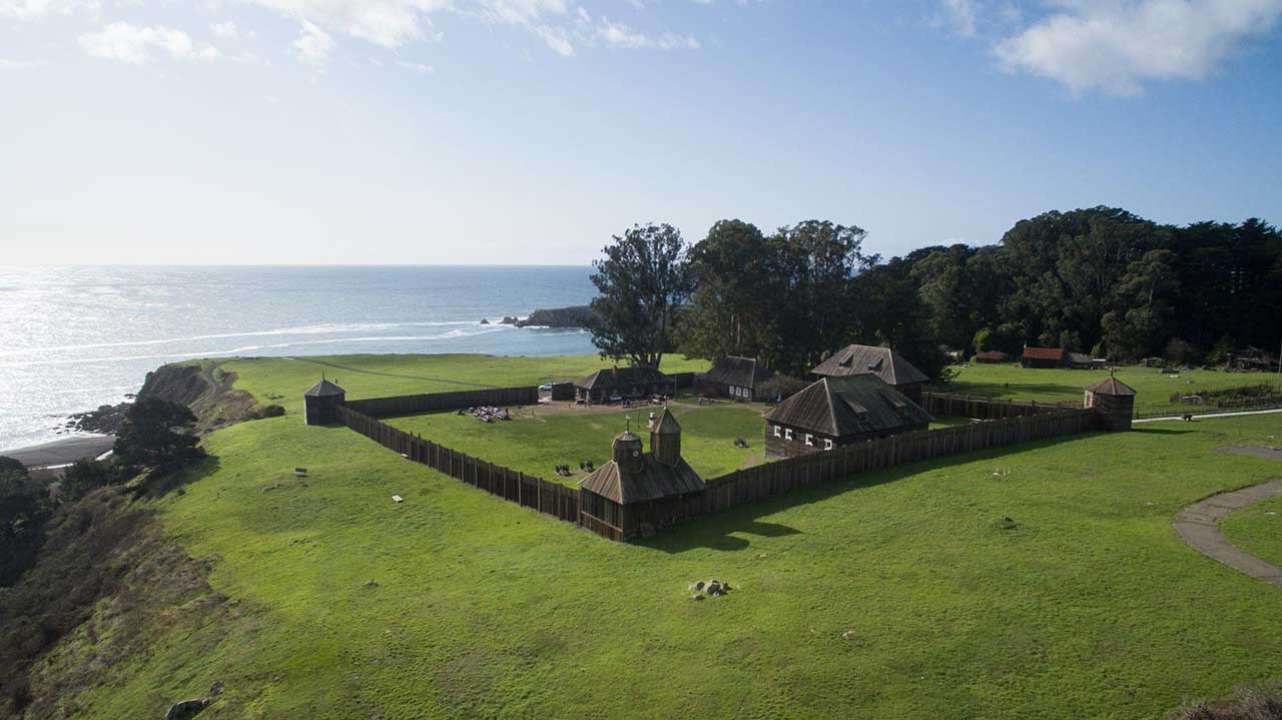What Is Fort - This article can be expanded with text translated from the corresponding article in French. (March 2021) Click [Show] for important translation instructions.
In the Strait of Pertuis d'Antioche, between Île-d'Aix and île d'Oléron on the west coast of France
What Is Fort

45°59′59″N 1°12′50″W / 45.9996°N 1.2139°W / 45.9996; -1.2139Coordinates: 45°59′59″N 1°12′50″W / 45.9996°N 1.2139°W / 45.9996; -1.2139
Fort Pillow State Historic Park
Fort Boyard (Frch pronunciation: [fɔʁ bwajaʁ] (list)) is a fort on the west coast of France in the Strait of Pertuis d'Antioche between Île-d'Aix and Île d'Oléron. Location for the TV game show of the same name (1990 - perst). Although a fort on the banks of the Boyard was proposed as early as the 17th century, work did not begin until the 19th century under Napoleon Bonaparte. Construction began in 1801 and was completed in 1857. In 1967, the final scene of the French film Les Avtuuriers was shot on the ruins of the castle.
Fort Boyard is stadium-shaped, 68 meters long and 31 meters wide. The walls were built 20 m (66 ft) high. In the center is a courtyard and on the ground floor are stores and rooms for the m and officers. On the floor above were casemates for guns and further quarters. Above that are provisions for barbet guns and mortars.
The construction of the castle was first conceived during the construction of French troops under Louis XIV between 1661 and 1667.
Fort Boyard formed a series of forts with Fort Et and Fort de la Rade on Île-d'Aix to protect Rochefort's arsenal against attacks by the Royal Navy.
Save 40% On Forts On Steam
In the 17th century there was an unprotected gap between the fields of fire of the forts on the islands of Aix and Oleron, with limited range of artillery; A fort on the banks of the Boyard, about half-way between the two, filled the gap. In 1692, Frch Guinier began planning a program to build the castle of Descambes; However, the plan was shelved when it became clear how much it would cost. Vauban, Louis XIV's leading military engineer, famously advised against this, saying, "Your Majesty, it is easier to catch the moon with your teeth than to attempt such a thing in such a place."
Following the British attack on Île-d'Aix in 1757, plans for a fort on the banks of the Board were reconsidered. Although plans were made, it was again abandoned due to logistical problems. Efforts were resumed under Napoleon Bonaparte in 1800, and the following year Guiners Ferregue and Armand Samuel de Marescot and Vice-Admiral Francois Etienne de Rosily-Mesrose designed a fort to be built on the banks. To facilitate the work, a port was built on the Ile d'Oléron. The village of Boyardville was built for workers. The first stage of construction was to construct a 100 by 50 m (330 by 160 ft) plateau to serve as a foundation. For this, stones were piled on the bank.
The project was discontinued in 1809. Construction resumed in 1837 under Louis-Philippe after remarriage to the United Kingdom. The fortifications were completed in 1857, with enough space for a garrison of 250 m; By this time, however, the range of the guns had increased considerably, reducing the hitherto unguarded distance and rendering the fort obsolete.

After that the unmaintained fort slowly fell into disrepair and collapsed into the sea. In 1950 it became a listed building and in 1961 was sold to the Charte Maritime Regional Council.
These Are The 10 U.s. Army Installations Named For Confederates
In 1989, reconstruction of the fort began in preparation for hosting a game show. An access platform for ships' berth was built 25 meters away (the old fort pier was destroyed long ago). The fort completely removed an enormous layer of guano (50 cm thick). Artillery platforms were also refurbished in 1996. However, the fort is still vulnerable to harmful effects from the sea. Therefore, in 1998, additional renovation works were carried out. The outer walls have been thoroughly cleaned and the sealing of the terrace has been completed. The final phase was the renovation of the central courtyard, which was completed in early 2004.
It has been used as a location for filming the French and international versions of the TV game show of the same name since 1990, and was also the location for the filming of The Last Adventurer starring Alain Delon, Lino Vtura and Joanna Shimkus. Although every effort is made to follow the rules of citation style, there may be some differences. Consult the appropriate style manual or other resources if you have questions.
Encyclopedia Editors Encyclopedia editors oversee topics about which they have extensive knowledge, either through experience gained by working on that content or studying for an advanced degree. They write new content and verify and edit content received from contributors.
The Red Fort, also known as Lal Khalah, Lal Qila or Lal Qila, is a Mughal fort in Old Delhi, India. It was built by Shah Jahan in the mid-17th century and remains a major tourist attraction. The fort was listed as a UNESCO World Heritage Site in 2007.
Fort Of Loreto Museum
The fort's massive red sandstone walls, 23 meters high, enclose a complex of palaces and pleasure halls, balconies, baths and covered moats, geometric gardens and ornate mosques. Among the most famous structures of the complex are the Hall of Public Audience (Diwan-i-Am), which has 60 red sandstone pillars supporting a flat roof, and the Hall of Private Audience (Diwan-i-Khas), which is smaller and contains A white marble pavilion.
The Red Fort was built in Old Delhi by Tomara King Anangapala in the 11th century. The Qutb Mosque now stands on the site. There are a large number of forts, palaces and forts around the world. Many of these structures were built hundreds of years ago and are still standing, making them historically significant. Castles, palaces and fortresses have stood the test of time and often serve as an iconic symbol of a city, region or sovereign nation. In many places, these unique buildings are open to the public for tours and some are popular tourist attractions. Each type is built for a specific purpose. However, although completely different, the terms are often used interchangeably. To clear up any confusion, this article takes a closer look at the differences between forts, palaces and forts.
Basically, forts are large residences or groups of large buildings built with strong walls to protect them from attack. In other words, forts are fortified residences. They were first built by European royalty during the Middle Ages throughout Europe and the Middle East. As part of their defensive strategy, forts were often surrounded by moats to prevent attack. Other common architectural features include high walls and gatehouses with openings for firing arrows, both useful for defensive measures. Generally, castles were inhabited by a lord or lords and were originally used as a base to rule the surrounding area. These structures often served as a place of defense, a military center, an administrative center, and a symbol of wealth and power.

A palace, on the other hand, primarily serves as a residence, occupied by royalty, heads of state, or church leaders (such as bishops and archbishops). Unlike castles, palaces are not fortified against attack, but designed for comfort and elegance. These structures are large and have an ornate architectural style. Their interiors are often finished with luxurious materials such as gold and marble. In addition, palaces are often surrounded by green grounds with landscaped gardens. The first palaces were located on the Palatine Hill in Rome, where they were the centers of empire. Over time, the hill's name came to mean elegant houses. Even today many palaces are used as museums, parliament buildings, hotels or offices.
Fort Ross, California
A castle differs from castles and palaces in that it is not a residence but a military fortress. These structures are built specifically for war and are used to protect specific areas. Castles date back thousands of years, beginning with walled cities, and have been used as a means of protection and defense in various cultures. These structures are thought to be the precursors of forts. In addition, they can be permanent or temporary, built quickly in times of war. Although their use remained the same throughout their existence, the advent of cannons and later explosives forced their style of construction to change. By World War I, military advances had outstripped the defensive capabilities of most forts.
Military drone range, laser range finder military, military range bags, military range targets, long range military radio, military radio range, military range finder, military long range binoculars, range rover military discount, military range rover, range of military drones, military range bag
0 Comments